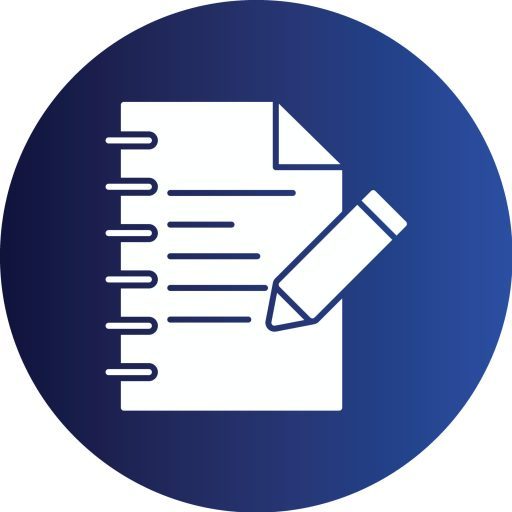U.S. Anti-Poverty Program Review
Choose one of the options:
Option 1: Many social policies or programs exist to address mobility and poverty in the United States. Pick three policies and/or programs, and , describe each of them, their history, and the impacts they had on the community. Critique each and make at least two suggestions per program to improve its effectiveness in your community. Be sure to support your work with credible web sources, including the program home page.

U.S. Anti-Poverty Program Review
Option 2: Using your community’s census and government data, describe the reality of social class and social mobility in your hometown. , discuss the primary factors that influence social mobility and consider how these factors have changed over time. For example, consider industries that were once common in your town compared to current industries. Or examine housing prices or wages over time. Be sure to support your work with credible resources.
U.S. Anti-Poverty Program Review
-
What are three U.S. programs that address poverty and mobility?,
-
What is the history and purpose of each program? ,
-
How has each program impacted the community?,
-
What are two improvements for each program?,
-
What sources support this information?
Program 1: Supplemental Nutrition Assistance Program (SNAP)
Description & History:
SNAP, formerly known as “food stamps,” began with the Food Stamp Act of 1964, aimed at addressing hunger and improving nutrition among low-income Americans. Administered by the USDA, the program provides monthly benefits via an electronic card that can be used to buy groceries.
Impact on Community:
SNAP helps over 40 million Americans annually. In low-income areas, it improves food security and can stimulate local economies by increasing spending in grocery stores. In children, it has been linked to improved health and academic outcomes.
Critique:
-
Challenge: Benefits often run out before the end of the month.
-
Challenge: Stigma deters eligible people from applying.
Two Suggestions for Improvement:
-
Adjust benefits for inflation and local cost-of-living differences.
-
Provide nutrition education and community outreach to reduce stigma and increase program awareness.
Credible Source:
USDA SNAP Homepage
Program 2: Temporary Assistance for Needy Families (TANF)
Description & History:
TANF replaced the Aid to Families with Dependent Children (AFDC) program in 1996 under the Personal Responsibility and Work Opportunity Reconciliation Act. It provides cash assistance and work support to families with children.
Impact on Community:
TANF offers emergency aid and job support to low-income families. However, due to limited funding and strict time limits, only a small percentage of eligible families receive help. The program varies significantly by state.
Critique:
-
Challenge: Lifetime limits may harm families during economic downturns.
-
Challenge: Work requirements can create barriers rather than support mobility.
Two Suggestions for Improvement:
-
Increase federal funding and adjust time limits during recessions.
-
Expand job training and educational support rather than punitive work mandates.
Credible Source:
HHS TANF Overview
Program 3: Earned Income Tax Credit (EITC)
Description & History:
The EITC was created in 1975 to incentivize work and offset payroll taxes for low-to-moderate-income families. It is a refundable tax credit, meaning workers can receive more money back than they paid in.
Impact on Community:
The EITC lifts more children out of poverty than any other federal program and promotes employment. It is credited with boosting family incomes and increasing labor force participation.
Critique:
-
Challenge: Many eligible workers don’t claim the credit.
-
Challenge: Single adults receive minimal benefits compared to families.
Two Suggestions for Improvement:
-
Increase outreach and simplify filing for eligible participants.
-
Expand benefits for childless workers and young adults under 25.
Credible Source:
IRS EITC Information
The post U.S. Anti-Poverty Program Review appeared first on Assignment Help Central.

